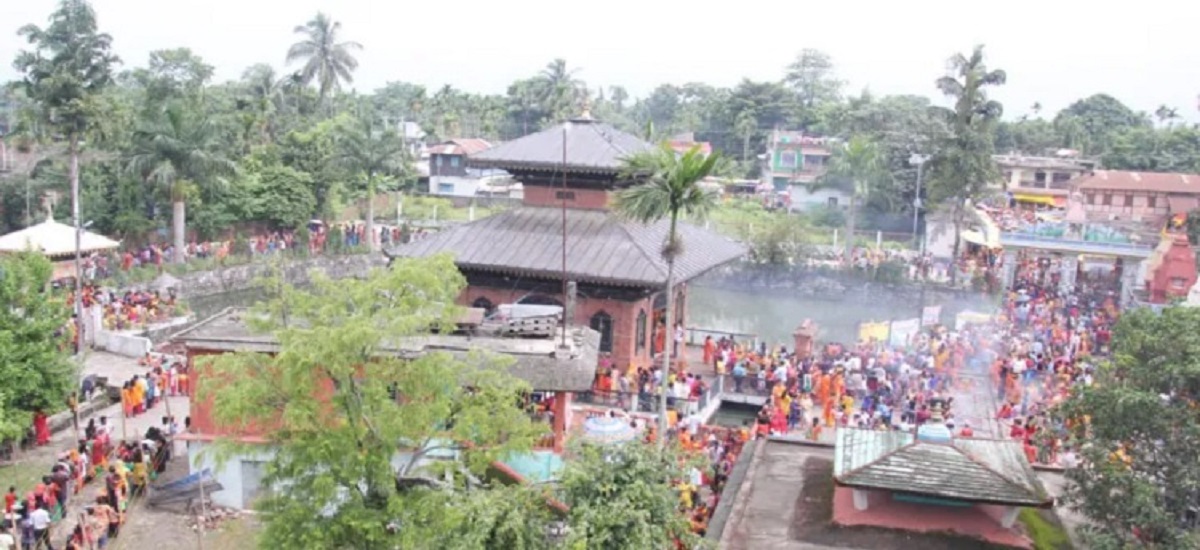The sacred Arjundhara Jaleshwor Dham, known as the ‘Pashupatinath of the East,’ is set to welcome over 500,000 religious tourists during the 42nd annual Balachaturdashi fair, organized from November 23 to 30 (Mangsir 8-15). This grand event, organized by the temple’s management committee, includes a week-long Mahayagya, held with the intent of promoting world peace and honoring ancestors.
Manoj Joshi, Treasurer of the Dham Management Committee, shared that 108 priests will conduct the Shrimad Bhagwat Mahayagya and a fire ritual. Extensive preparations are underway, with 19 subcommittees actively engaged in various tasks. Currently, the construction of 108 Vyas huts, a grand Yagya pavilion, and a 50-foot-high illuminated gateway in the historic Shanischare Bazaar area are in progress to welcome pilgrims and guests.
The Mahayagya, led by the temple’s head priest Kuber Subedi and supported by Agni Prasad Sigdel as co-priest, is also aimed at expanding the temple’s endowment fund from 5 million to 20 million Nepalese rupees. Pilgrims have the opportunity to become patrons with a donation of NPR 51,000, dedicating it in honor of their ancestors.
Joshi noted that the event is expected to generate NPR 21.6 million in revenue from donations, offerings, and stalls, while expenditures are estimated at NPR 9.5 million, covering promotion, decorations, and other costs.
The Mahayagya will open with a ceremonial procession featuring diverse cultural displays, followed by daily programs, including musical storytelling sessions, recitals of the Shrimad Bhagwat, evening bhajans, and night vigils. The festivities will conclude on November 30 with a special Shatavij Ropan ceremony.
Arjundhara Jaleshwor Dham, listed among Nepal’s top 100 tourist destinations, features a pagoda-style Shiva temple similar to Pashupatinath, with a copper roof and four doors. The temple image is even featured on a Nepalese postage stamp, cementing its historical and cultural significance.
According to Mahabharata legend, this holy site emerged when Arjun of the Pandavas used his arrow to draw water from the earth to quench the thirst of King Virat’s cattle. Today, a statue of Arjun aiming his bow stands in the center of a large pond, where a stream of sacred water flows continuously, honoring this age-old story and adding to the Dham’s allure for pilgrims and tourists alike.
Source: RSS






